The usual rarely works for me and for the ten thousand words worth of proof that it is so, here’s first how the attempt at a more conventional “sunny August day by the sea” turned out this very summer that just passed:
The above picture is taken this very August, believe it or not and before the rain settled down morosely and the winds truly took off in full blast, determined to blow off the beach any and all that failed to leave of their own accord. So we left the beaches and the supposedly sunny south to the crowds and with the same blow it turned out we also managed to leave to the same crowds the train strikes that were considerate enough to happen only before and after our days of travel and the software glitch at the airports that reportedly grounded a lot of flights for some 3 days or more across the whole country. Even in traveling matters, the right solution is right in more ways than one at times, it would seem.
The usual thus out of the way quickly enough, we headed instead north, towards the closest available sort of hills that I still need apparently more than I thought, at least somewhere close enough, somewhere in sight, somewhere within walking distance. And we didn’t stop that easily either. We kept going north until we found just about everything we wanted: green hills indeed but with solid, black volcanic rock at base leading towards the estuary carved long ago by a glacier but more to the point perhaps, days full of sun at its northern best, balanced by chilly winds and framed by running white clouds in intensely blue skies that turn nevertheless quite pale in the evenings. To get the required me-picture out of the way first of all:
While I admired the fountain’s iron work, I can’t say I cared all that much for the surrounding addition of fencing and barriers that my 10 year old photographer dutifully included for a truthful representation of reality as encountered. So there you go, the contribution of the current times is an ugly iron fence and gate of bars around the graceful iron sculptural ansemble representing no less than the science, arts, poetry and industry sitting at the top together, surrounded at the base by mermaids, walruses, cherubs and lion heads. By 2023 though, all of them are further surrounded quite resolutely by cheap and ugly metal railings plonked on the ground with such disregard for the whole that it’s possibly quite well enough that neither the sculptor 1 nor the admirer who literally bought the whole thing and moved it here all the way from London 2 are alive to see the result.
On possibly the funnier side at least, my photographer had other more pressing, if equally practical concerns with the whole fountain:
“They look like they are washing themselves in there! Why are they washing themselves?”, he asked, entirely unimpressed by the whole idea of artistic representation. So I answered him in the same spirit, knowing full well from experience that nothing else would cut it any shorter anyway:
“Well, what else would you do if you had all that water coming over you at all times?”
Fountain aside, the backdrop of it all is a castle perched on the volcanic rock and overlooking not merely the whole town itself but straight across the whole estuary with its scattered islands and former pirates. Cue extensive and involved discussion from the 10 year old wannabe castle assailant and cliff scaling extraordinaire, fully versed and interested in the opportunities that such situation and positioning might offer for the pouring of hot, boiling oil on unwanted guests. As the current saying goes, your own tourist guide might differ on the matter.
While the pouring of hot oil isn’t at least documented anywhere, the rest was reasonably close to account for something: the castle was indeed taken over repeatedly – by determined men scaling the rock at times, by more expensive if less demanding treachery at other times. For our part, we played it straight so we went up by the main road and paid the fee as stated to get in. And once in, we visited it all, such as it was, a mix of old and several times rebuilt pieces and places, a residence turned fortress turned wartime hospital and prison 3, turned army barracks and then yet again turned museum and living grounds for the keepers. We toured the place, admired the view and got dutifully startled by the usual 1pm gun shot approach to hour keeping that was nevertheless thoroughly enjoyed since “they really, REALLY shot it!!”.
In the castle grounds we got the first view of the whole unicorn opposite lion heraldics, much to the child’s delight as he finally, finally considered them to have found some sense since matching thus much more interesting stories than the whole Scotland and England history – the Amber worlds of chaos and order, patterns and shadow realities included, certainly! For my part, I took more of an interest in the various ways the unicorn was represented, from earliest stone sculptures that really looked more like deer/antlers to me, to the silver, slender one inside the grand hall and then the most modern, gold-plated, elegant depictions on the gates at the more ceremonial palace contrasted as it finds itself to those on the grounds of this more utilitarian castle. Though the truly oldest stone unicorn is opposing itself rather than any lion and is to be found still closer to the palace than to the castle, in the ruins of the abbey that was first on the site.
Castle thus thoroughly investigated, we walked again the length of the old town (which is not all that long in itself, truth be told) and we got thus closer inland to where the view opens up towards the greenery. Going as it were from the duty and defense to the leisure and ceremonial, since apparently nobody quite wants to live atop a volcanic rock if they can safely live among landscaped gardens instead. And gardening here is quite serious in spots, with the lawn tartaned, by the looks of it rather than merely cut back. On the side though, the old abbey is in ruins and the old stone shows its age and bears its holes and missing parts with dignity since that doesn’t ever really go away once present.
Between the castle and the palace, the royal mile or more simply “the street” runs nowadays more like a river of tourists than a road at all. Dotted on the way, one finds the usual greenish-tinged and pigeon marked statues.
There are also the even more usual medieval houses, if perhaps slightly taller than is the norm in other towns, since the town expanded more easily upwards than sideways, when needed.
Among the houses, one stood out to me for its position round the corner and its carefully inscribed walls that seemed to advertise the love of neighbours – perhaps the more needed at such close quarters of living than otherwise. The house’s history is perhaps at least as colourful as its exterior: while decorated thus by a relatively wealthy goldsmith by the name of Mossman who obtained it as part of his wife’s dowry and lived in it for years until he lost it for the fault of being on the losing side of the religious changes of his time, the house is nevertheless currently known as “John Knox house” because said firebrand and dominating figure of the Scottish Reformation occupied it for a few months before his death. And then, by the 1800s, when space was at a premium in the town and the old quarters were more of a slum than a prime estate, the same house was turned apparently into a sort of a mini-village in itself, with one large family living in each room, as they could. Nowadays it’s a museum to said John Knox and in part an asylum for older furniture recovered from other houses that were demolished rather than renovated.
The usual scattering of churches is present too, of course, made perhaps a bit more interesting by their clearly different designs. There is the Canongate Kirk that looks more Dutch than anything else and turns out to be built indeed in “Dutch-style” around 1690.
There is St. Giles Cathedral that doesn’t seem quite sure as to the exact style it sports, which is perhaps quite to be expected given how many ages it’s seen, how many “right way” changes were imposed upon it and how many fiery “our way is THE right way” it heard within its walls. At one corner, there is even a building that looks like a church but serves as an indoor arts and crafts market.
Further away, in the “new town” built outside the former town walls, there is yet another church that shows off the new money, the new interests, some of the newer people as well as yet another unicorn and lion story to link it all. The name’s St. Mary Cathedral and the sign is a big rusty key erect at the entrance, seemingly stuck in unlocking perhaps the foundation and the netherworld if not directly the underworld.
Leaving aside both the old and the new town, there’s more to discover up the hill, even if it is indeed of the rather odd and folly sort – there’s a portuguese cannon brought all the way from Burma, several imitations of ancient Greek architecture, an old as well as older observatory and a monument to admiral Nelson, all clustered up atop the same hill to one side of the town.
Back on lower lands and running towards the sea, the neatly square plan of the town holds though surprises less advertised or described otherwise. There’s a medical building as identified by the caduceus on its facade and serving apparently still in its original capacity. There are also others where the appearances are deceiving for the interior turns unexpectedly to uses such as gym and office spaces. These aside though, the portrait gallery reddish building is an unexpected treat inside in terms of the rooms and decor itself first and foremost. Though one has to pass first past a statue of Burns, of course, since it’s after all the national poet so he gets put at pride of place, with various busts scattered behind him in the second line.
As last surprise perhaps, one finds as well even this far north the much more southern decor of Spain – in a vast cafe 4 that stretches over a few floors and across two entrances, boasting inside vases, ceramics and intricately ornate stairs in all the bright colours that one realises suddenly are otherwise quite utterly missing from the streets outside where the most common colour is still a sort of sooty black for all the fact that coal burning hasn’t really happened on any large scale this last hundred years at least.
Back at the temporary base after all the walking, sightseeing and climbing, the tall chairs are put to lazy use and the symbols are thoroughly misleading so don’t believe perhaps everything you see written or even pictured…
- Jean-Baptiste Jules Klagmann[↩]
- A local gun maker by the name of Daniel Ross. Guess whether the fountain is called the Klagmann or the Ross fountain, eh?[↩]
- The child was quite interested in the ratios given to prisoners – they didn’t seem to be that bad, he sad, beer and butter, bread and meat for doing nothing at all! Though he was quite offended at the treatment of American prisoners as pirates – not as much by the fact that they were considered pirates, since that’s not a bad thing in his book, but by the fact that pirates were given only water![↩]
- While I’m the one willing to try anything in terms of food, my companions were staunchly against any local cuisine and so the food remained reliably non-local in preparation manner at all times. Perhaps with the one notable exception made by the youngest to some mint-flavored fudge. [↩]
Comments feed: RSS 2.0
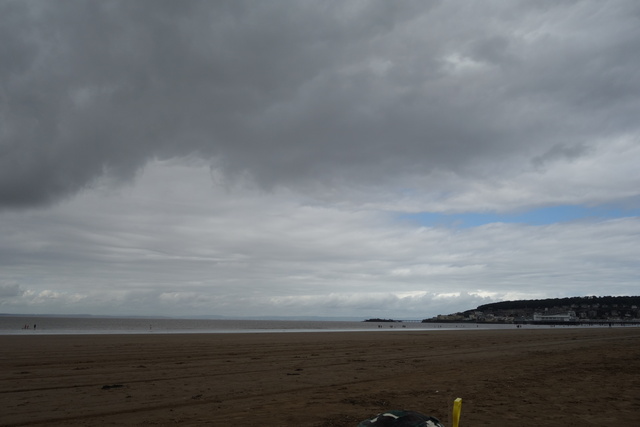

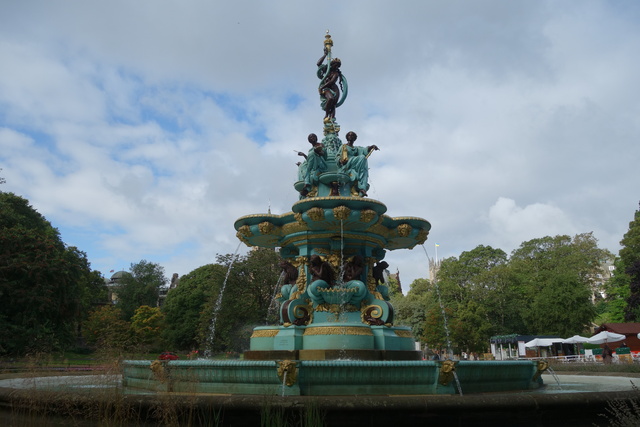
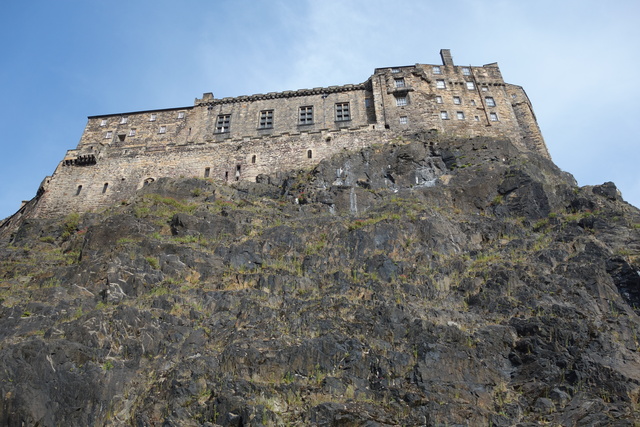
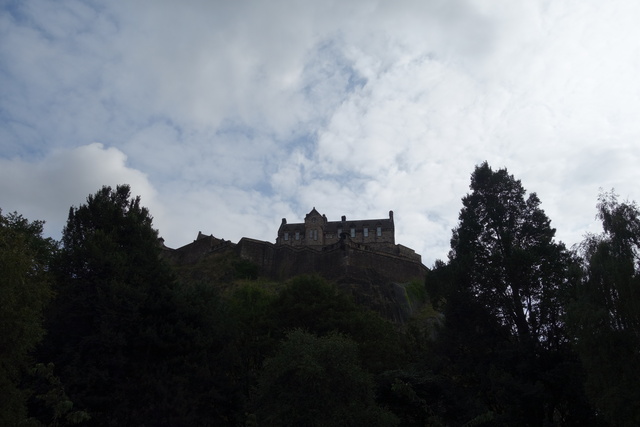
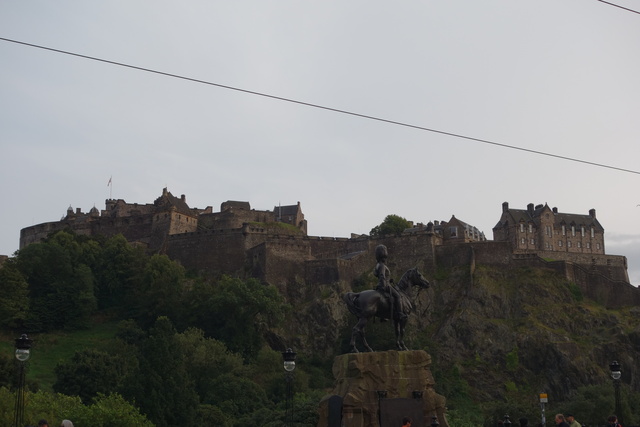
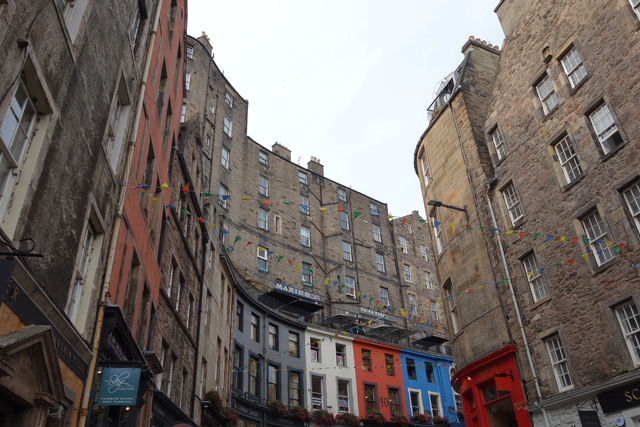
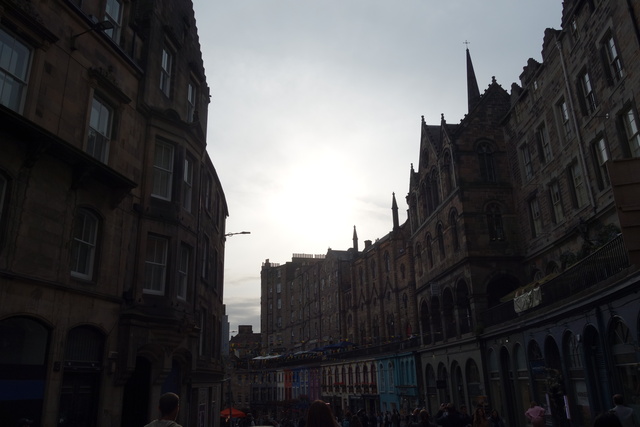
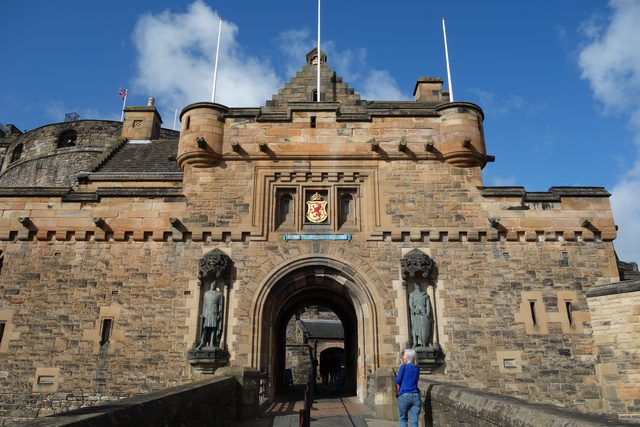
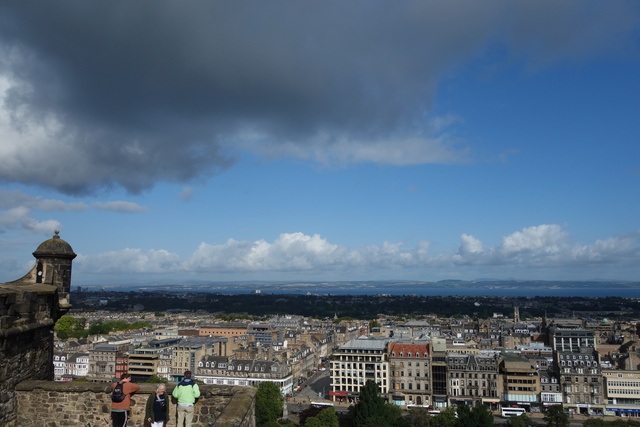

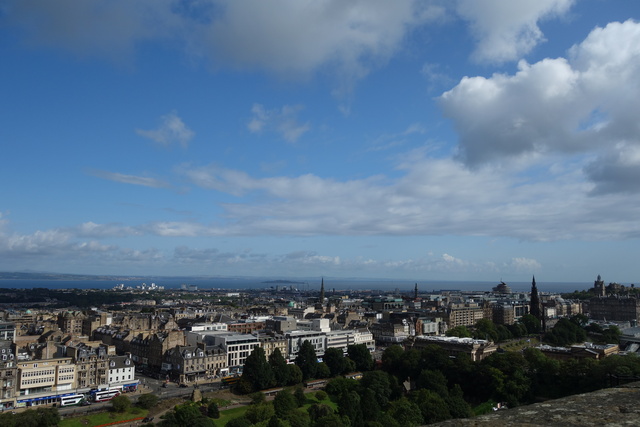
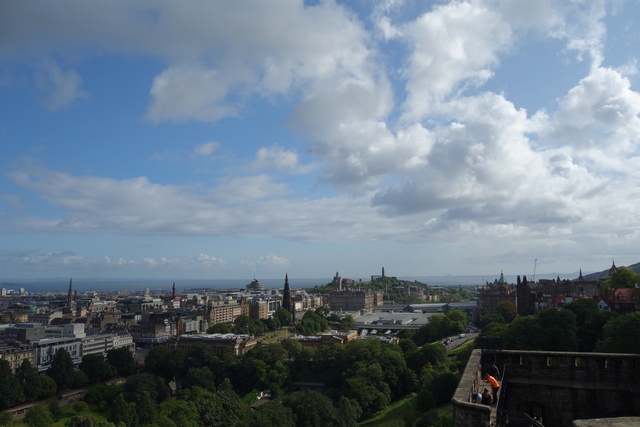
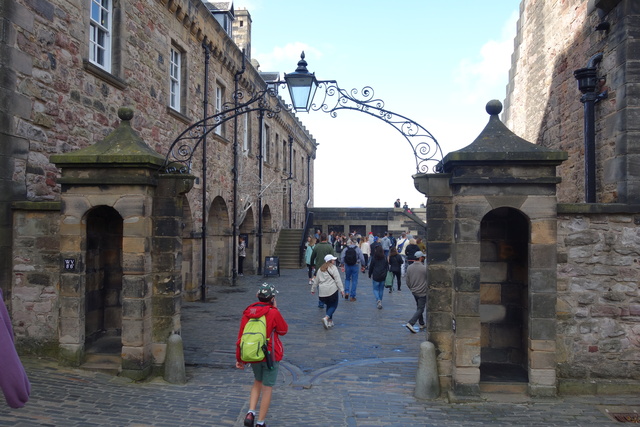
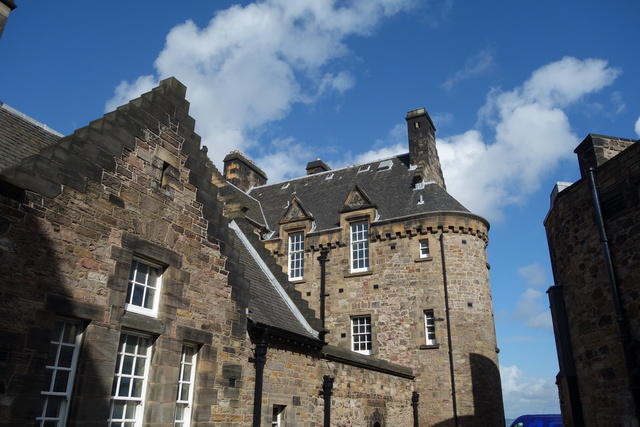
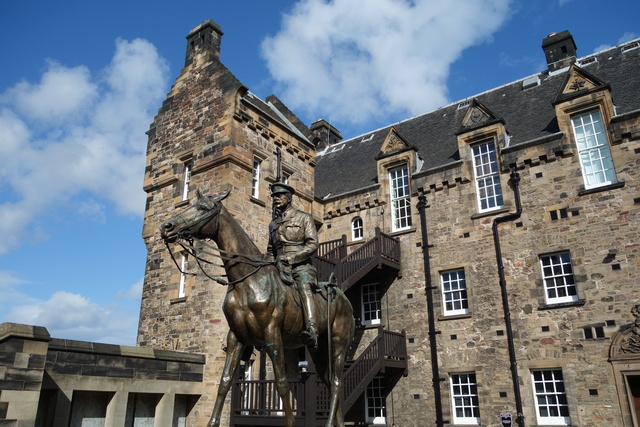
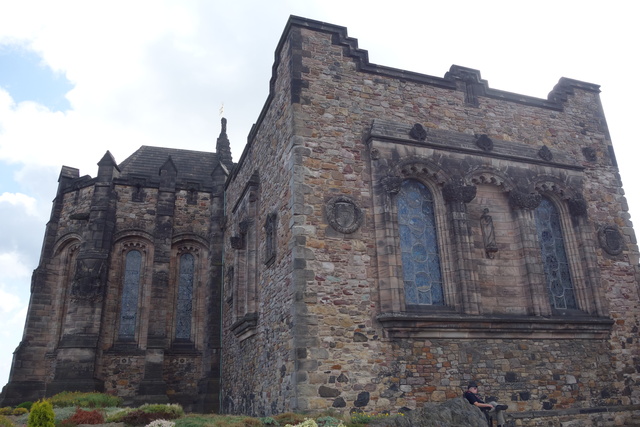
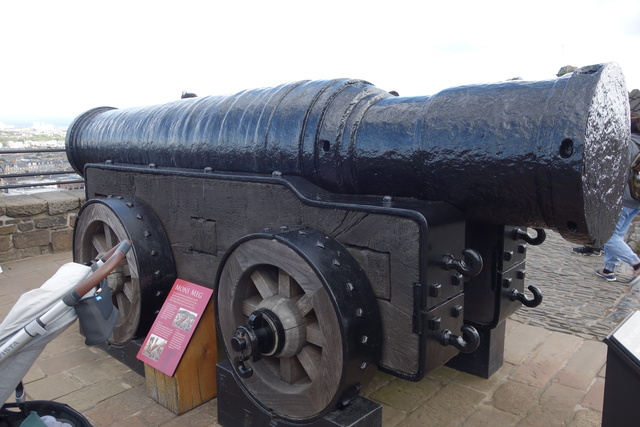
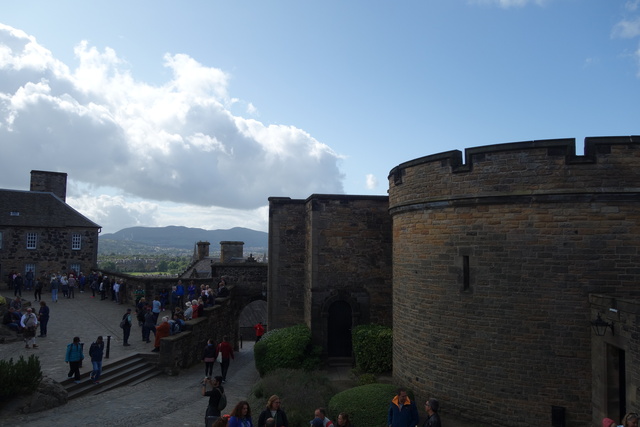


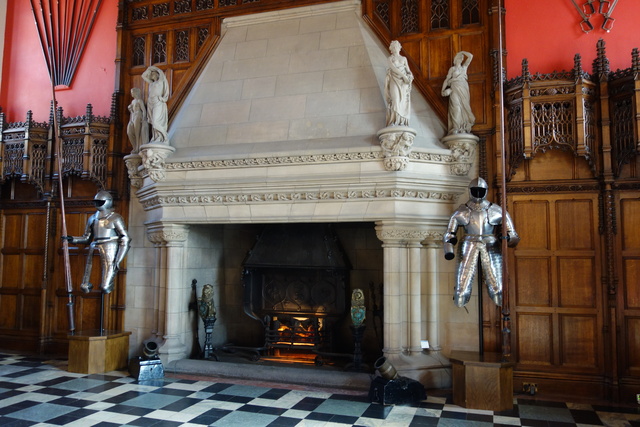
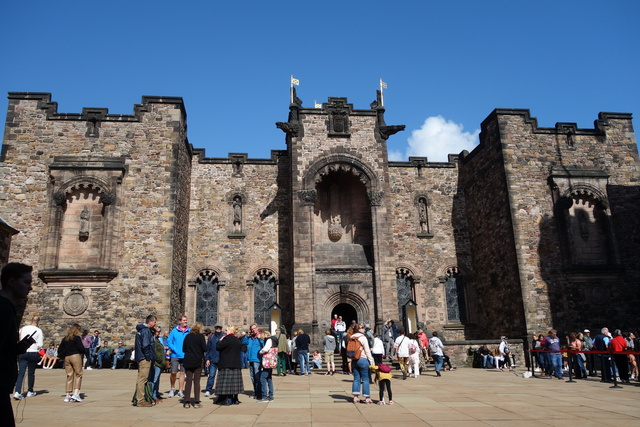

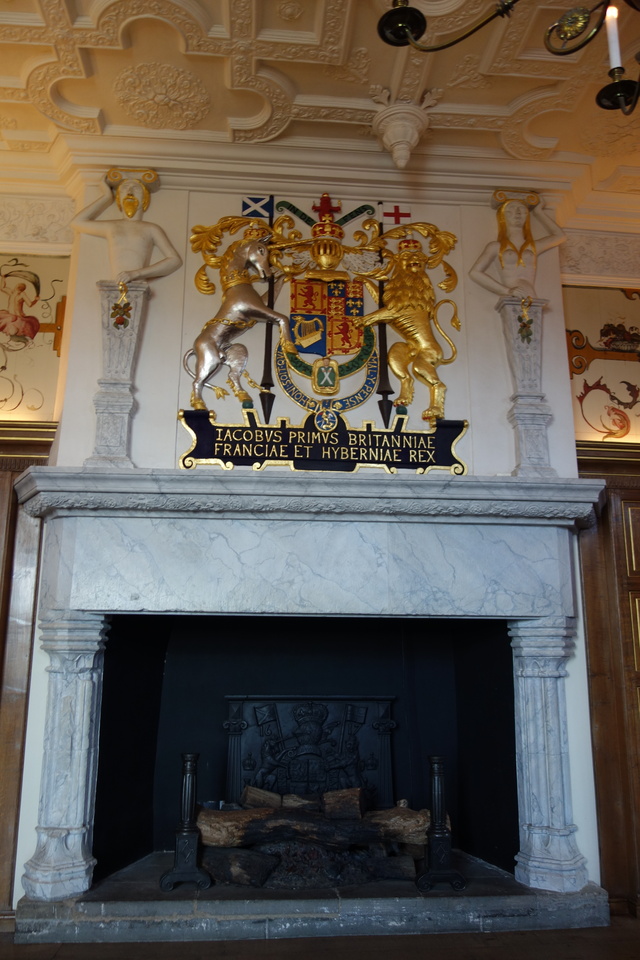
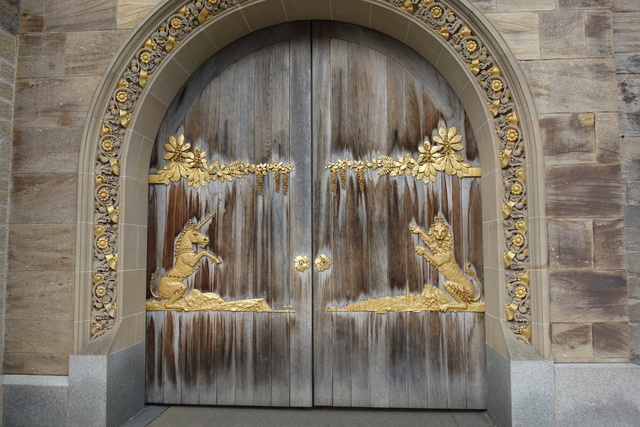
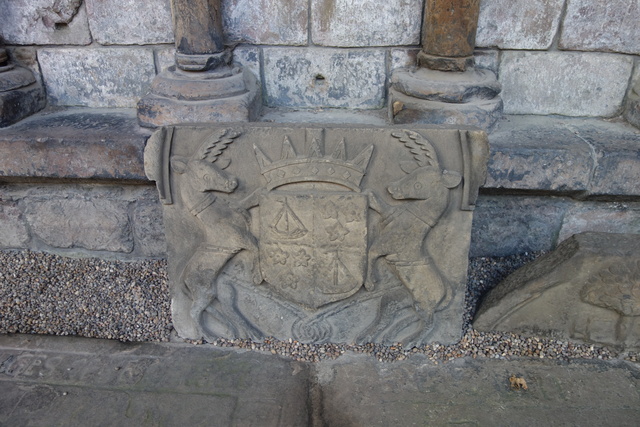
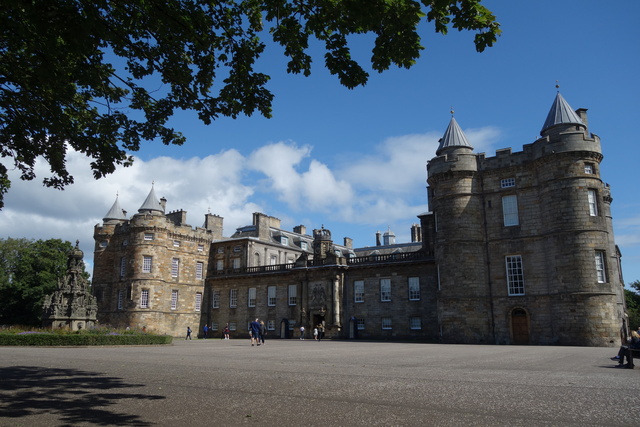
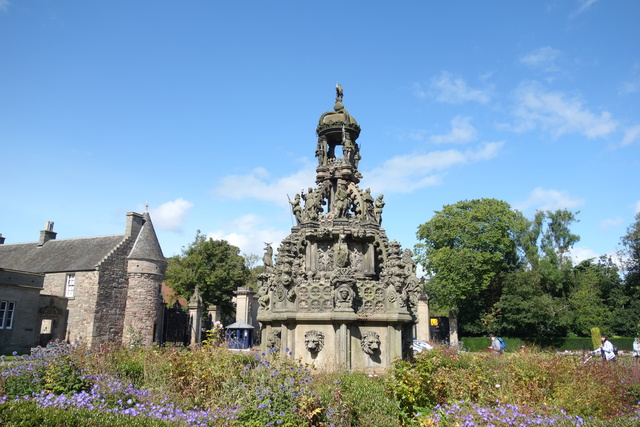
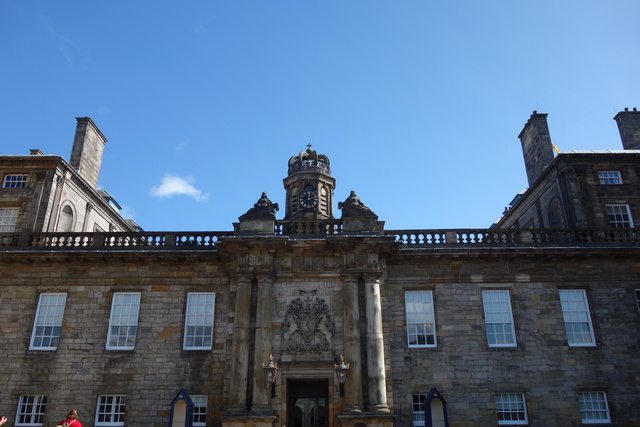
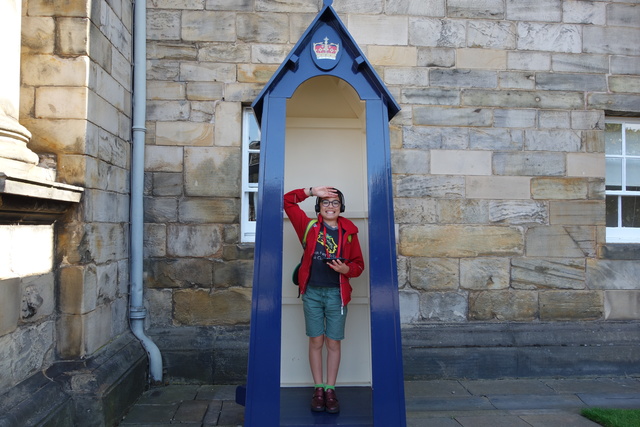

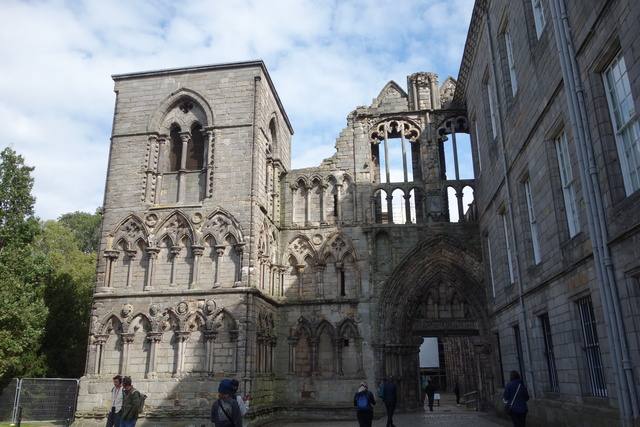
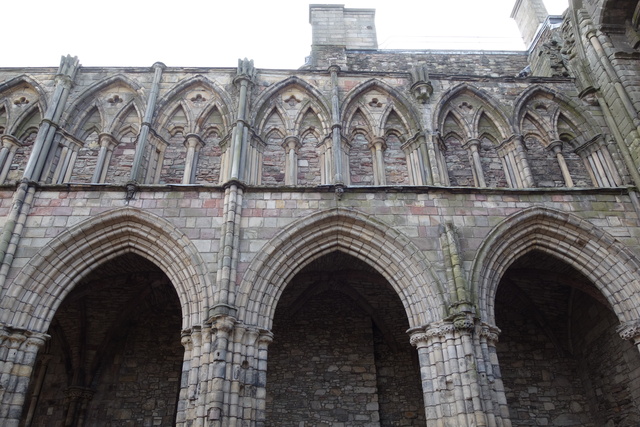
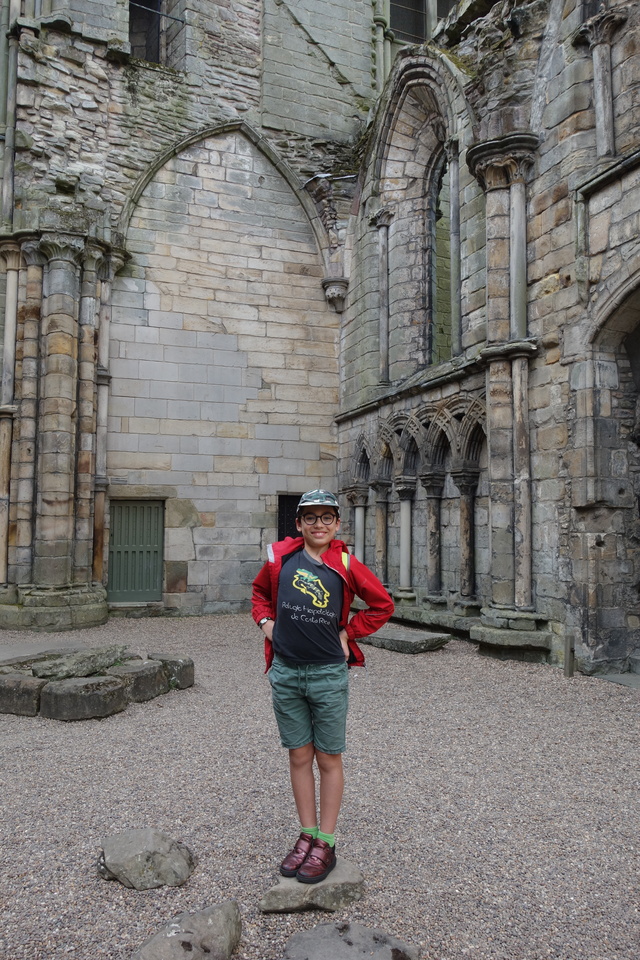
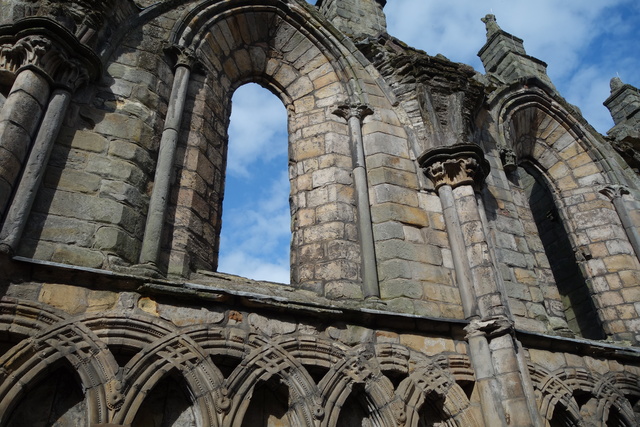
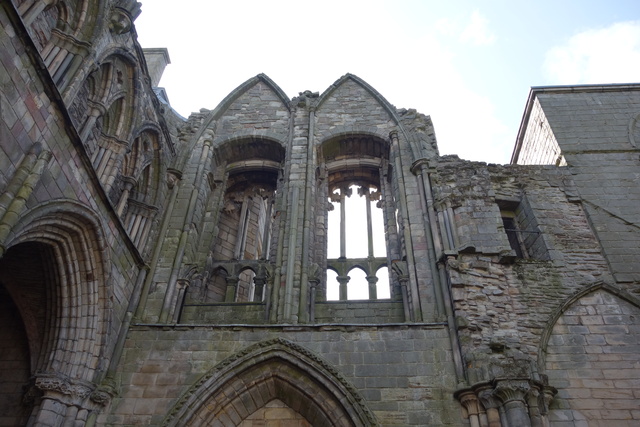
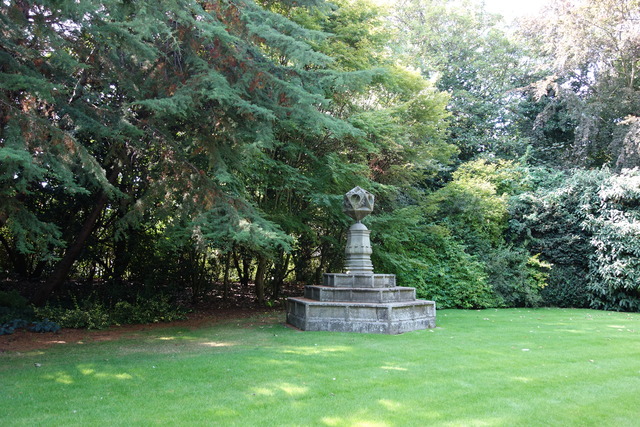
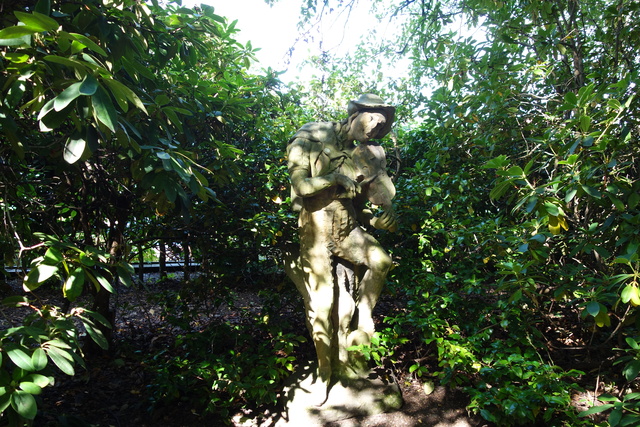
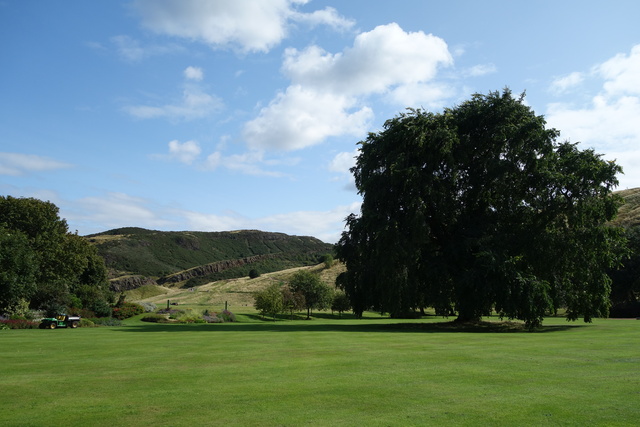
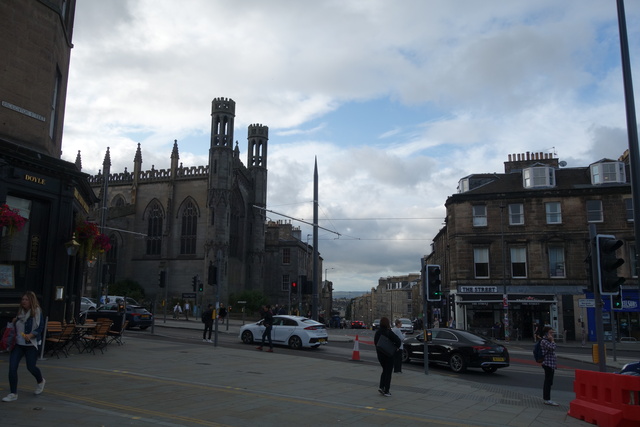
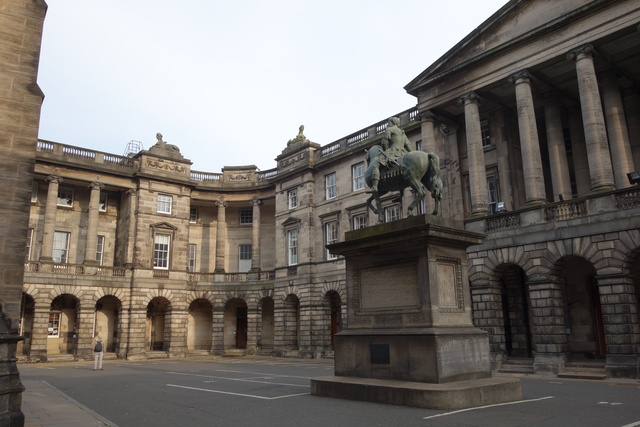
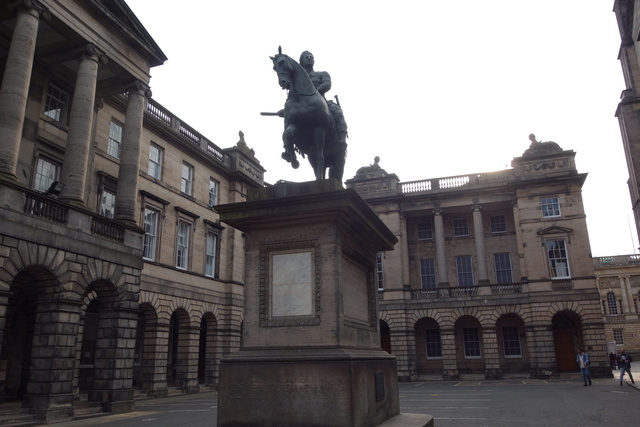

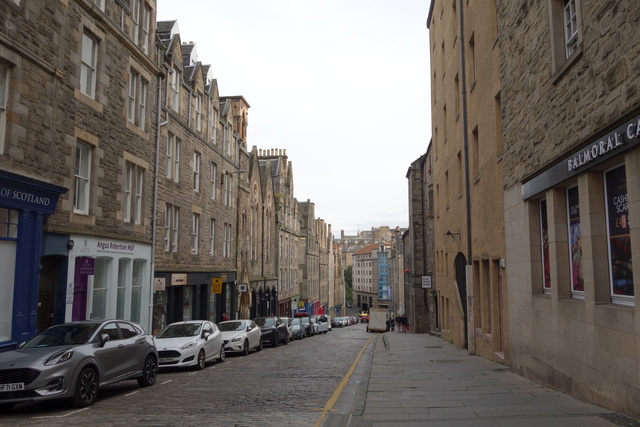
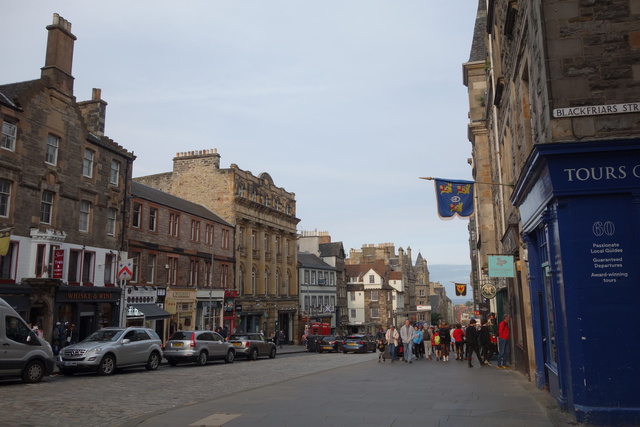
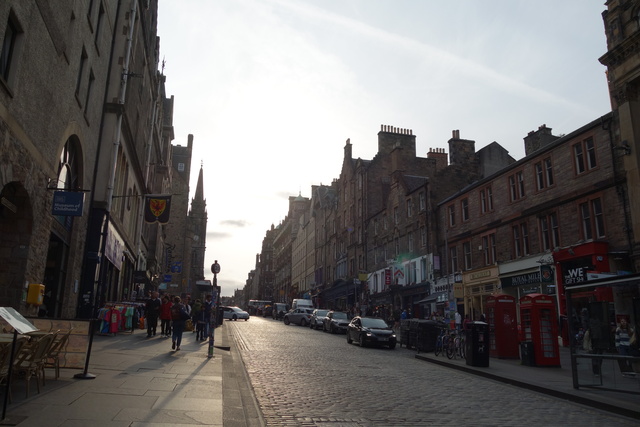
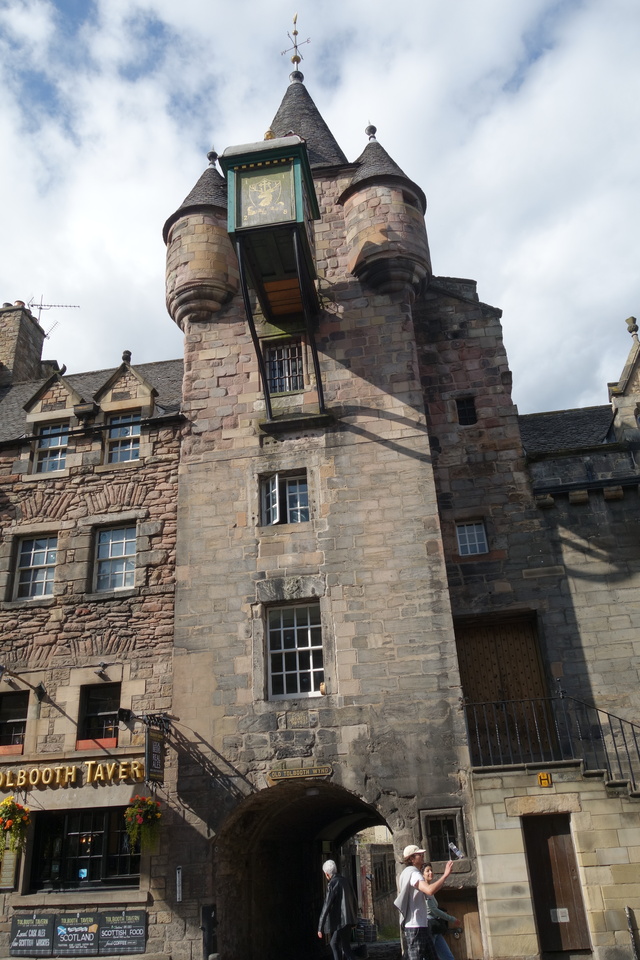
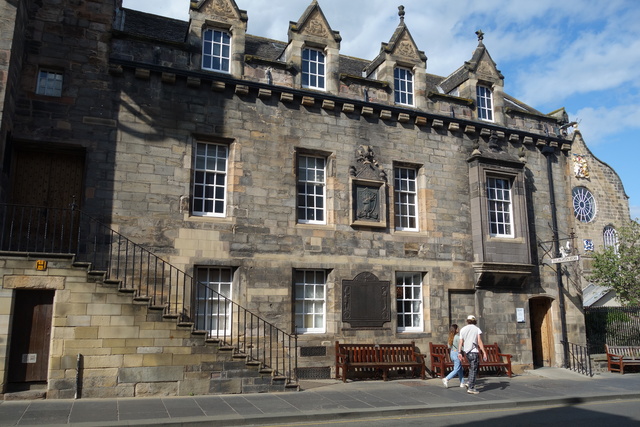
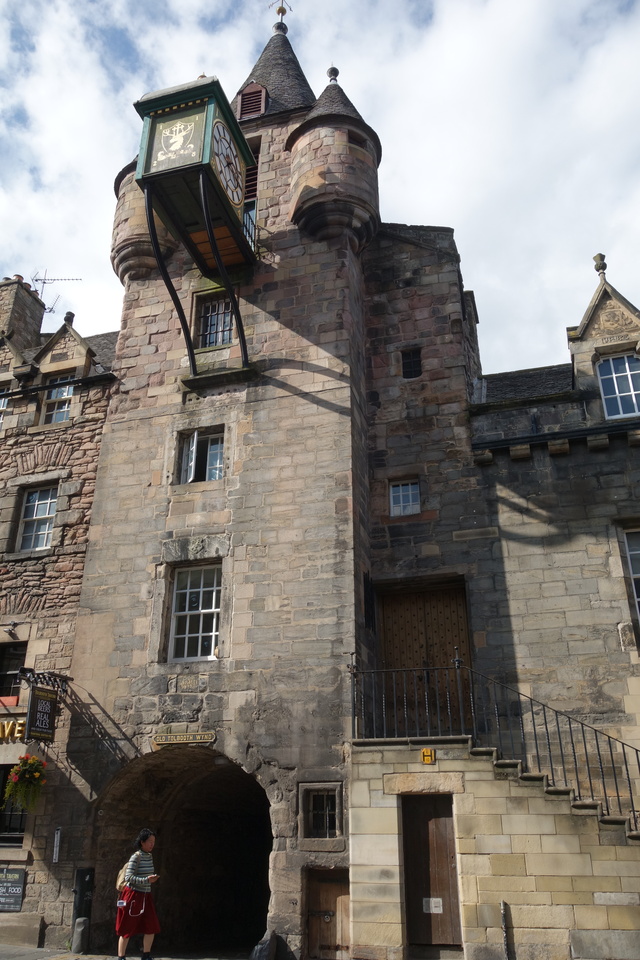
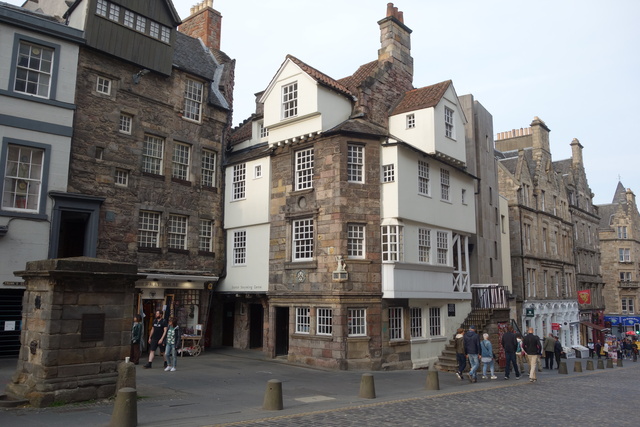
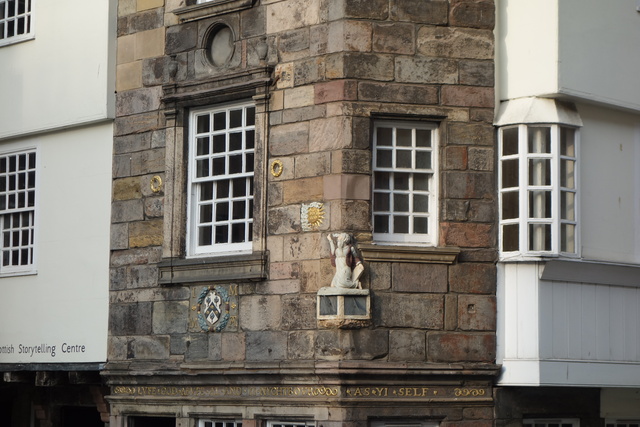
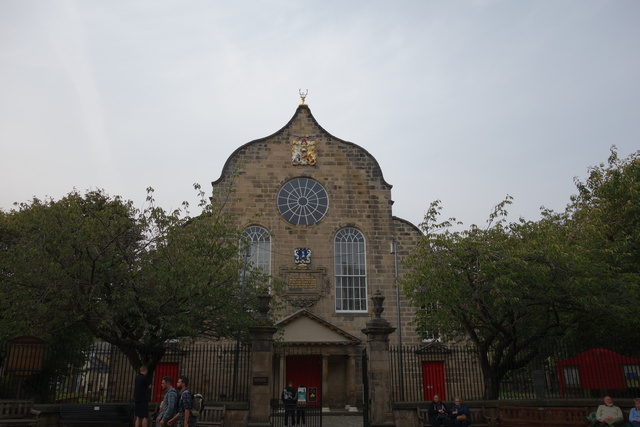
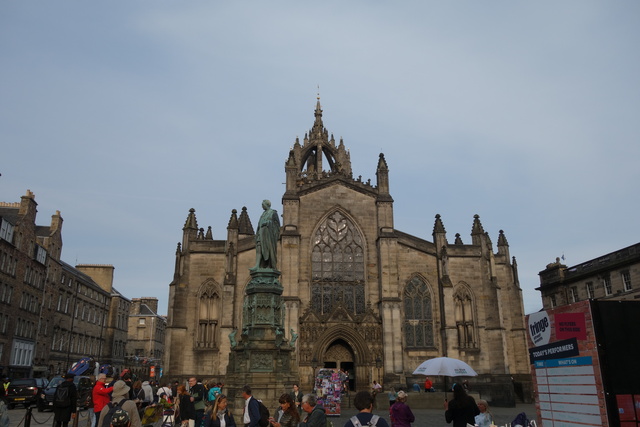
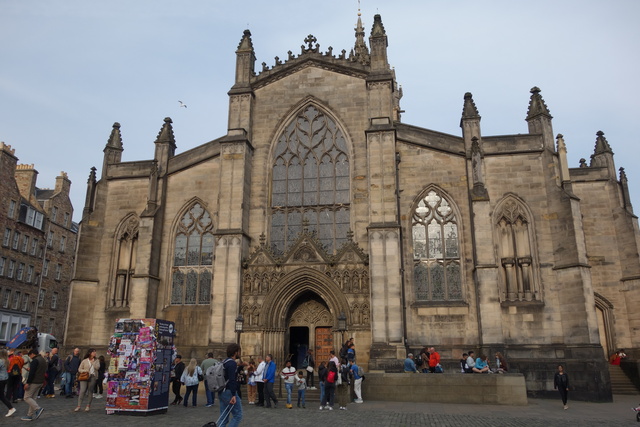

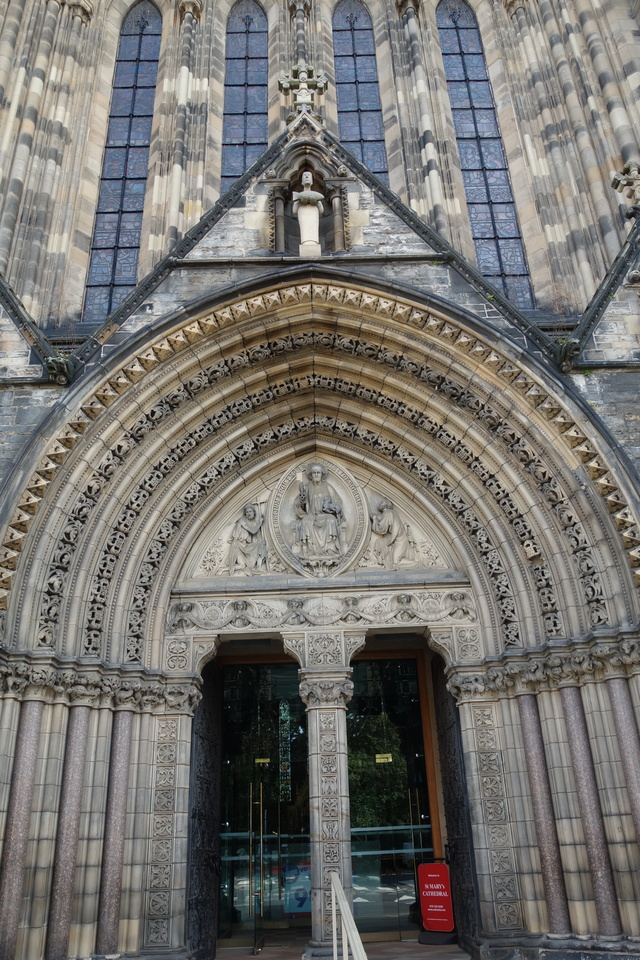
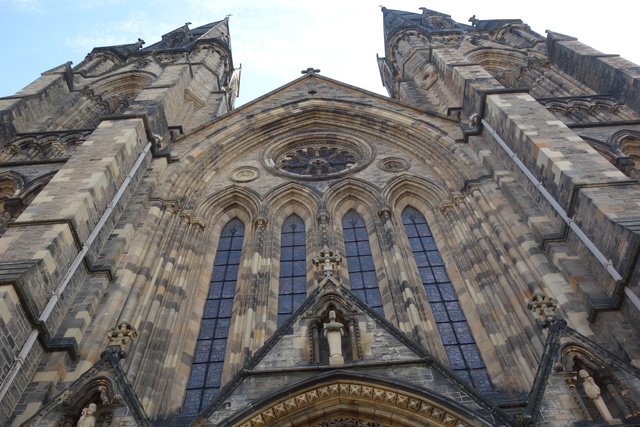
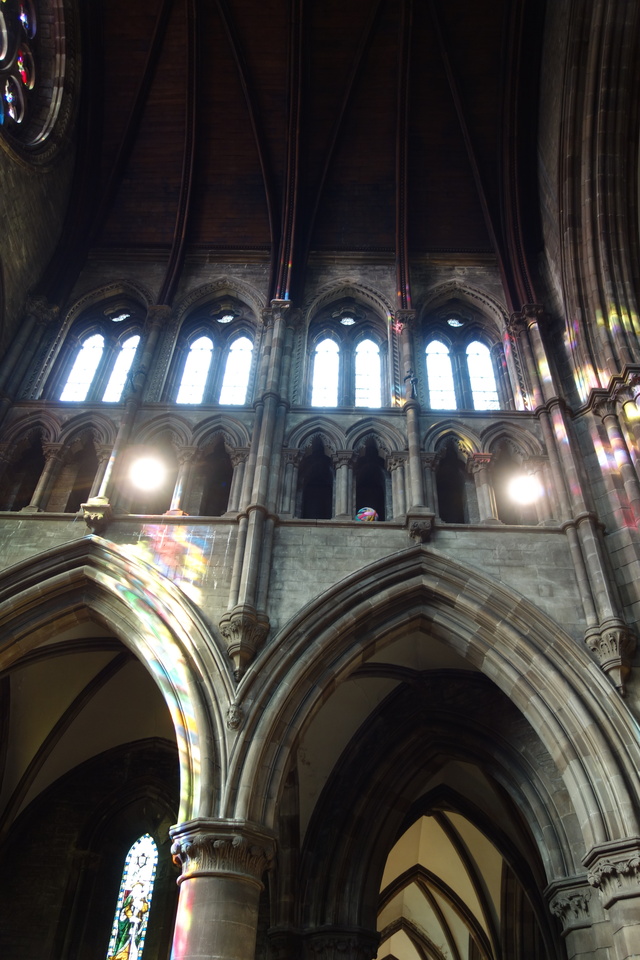
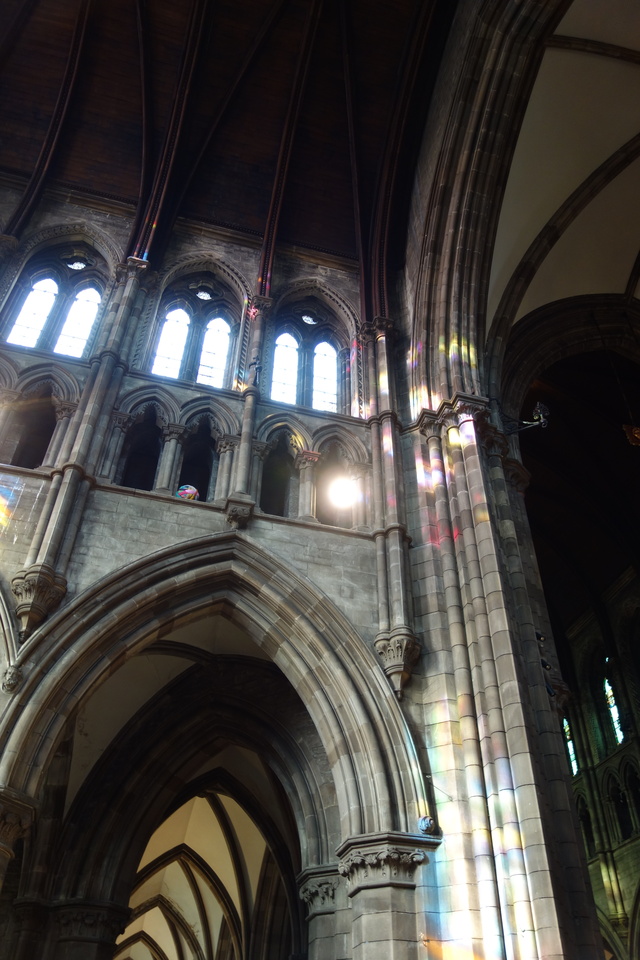
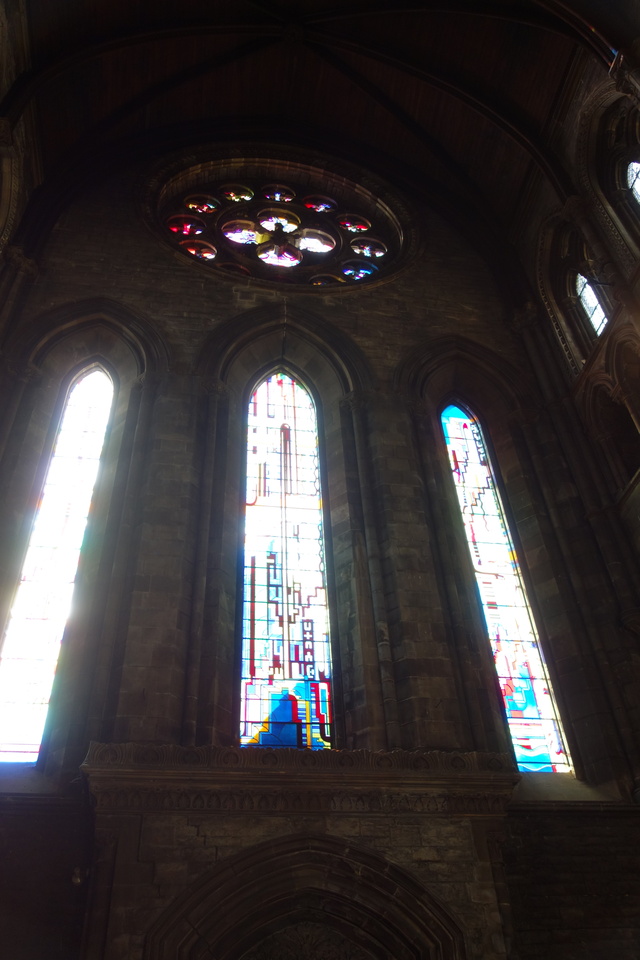

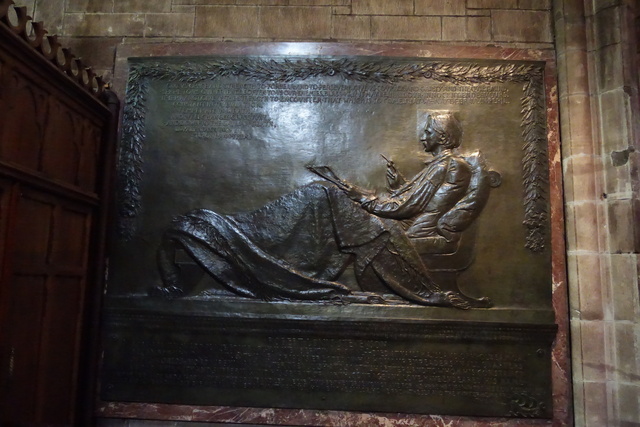
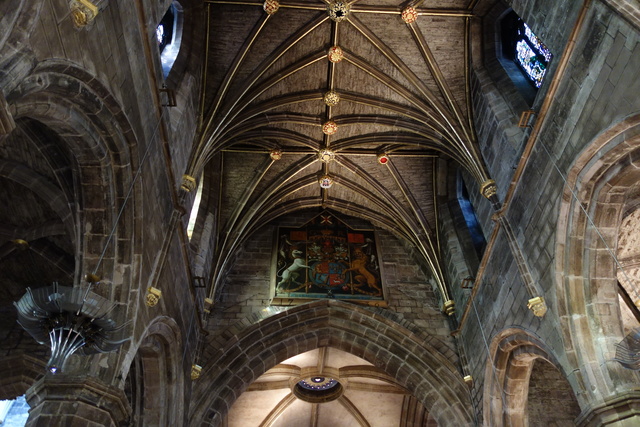
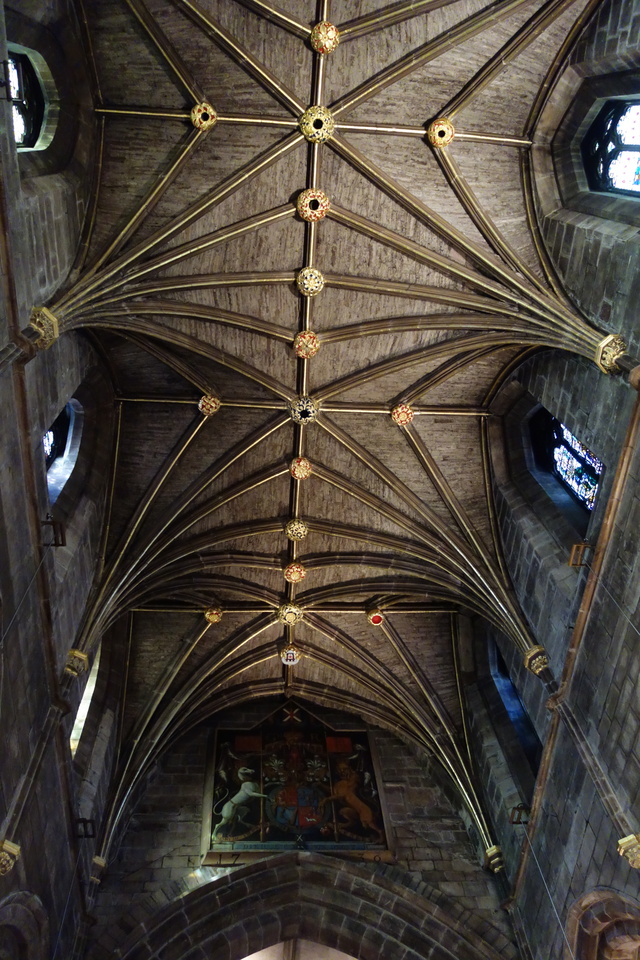
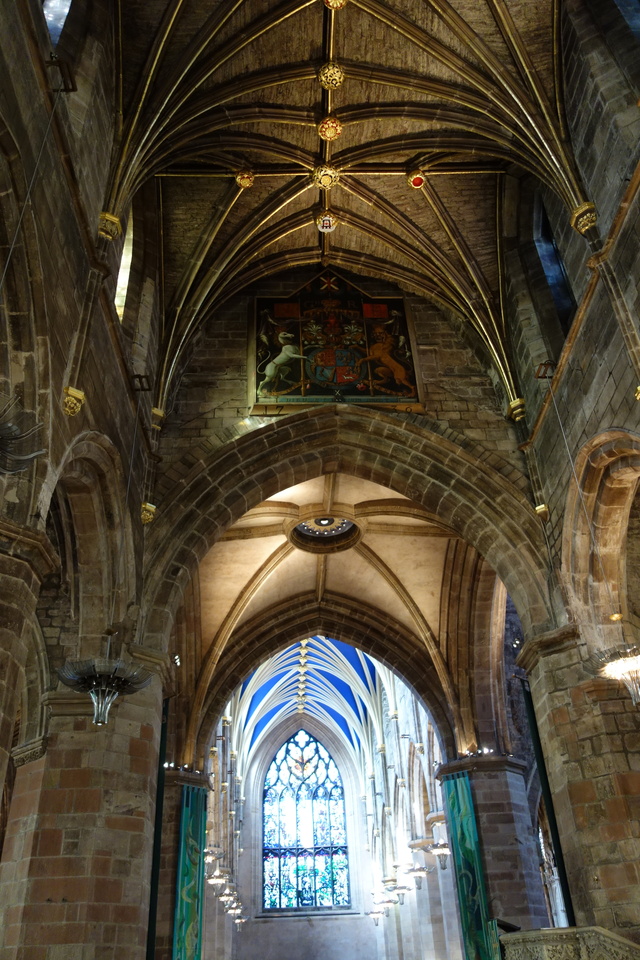
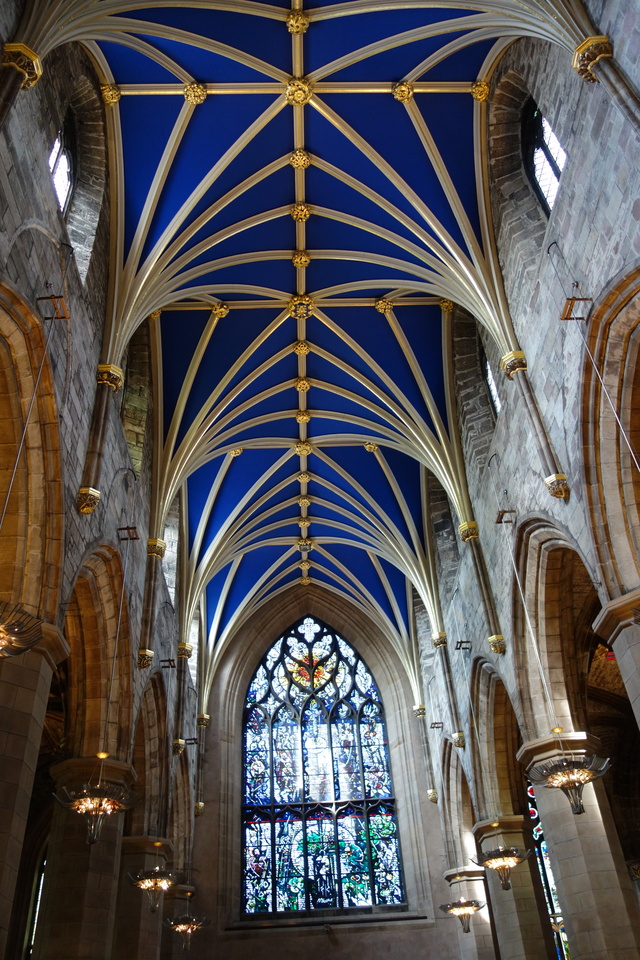
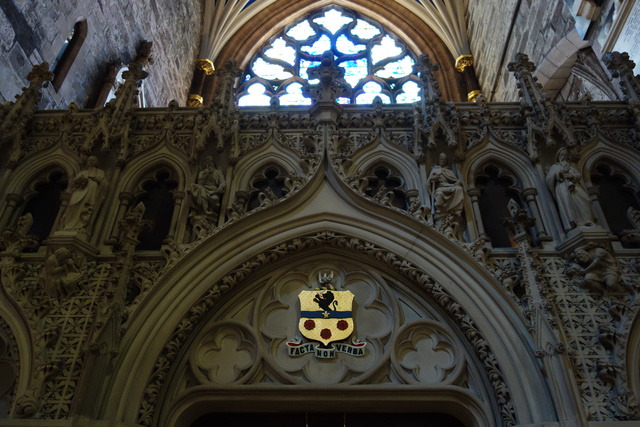
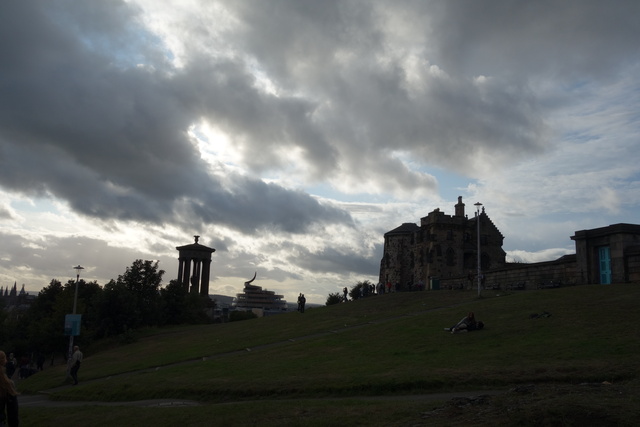
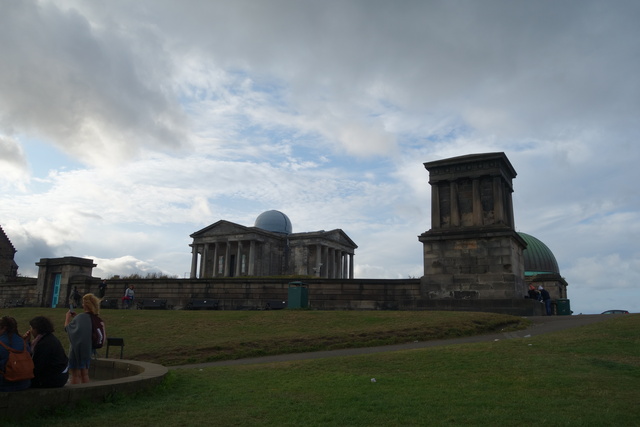
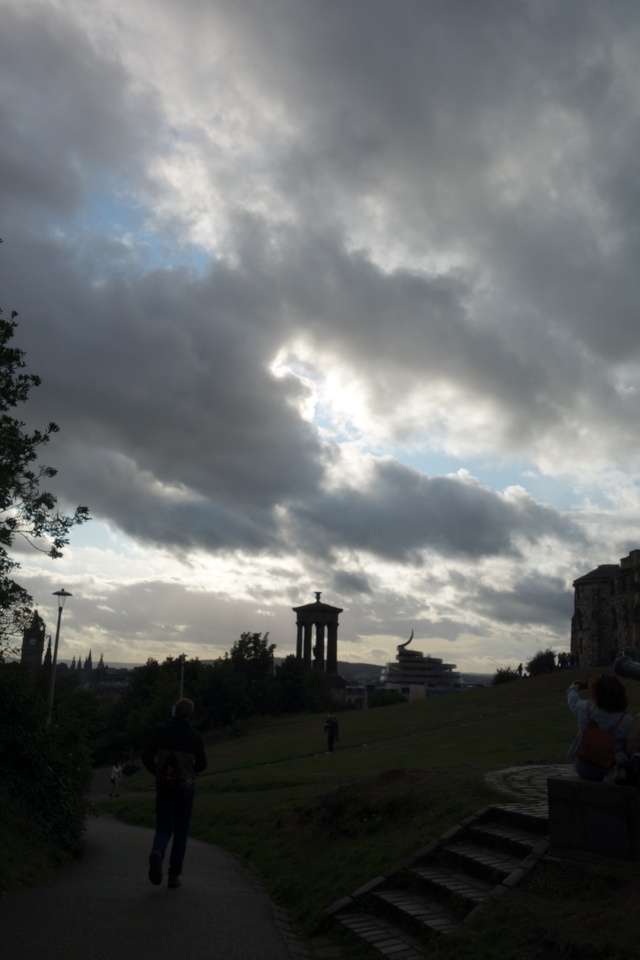

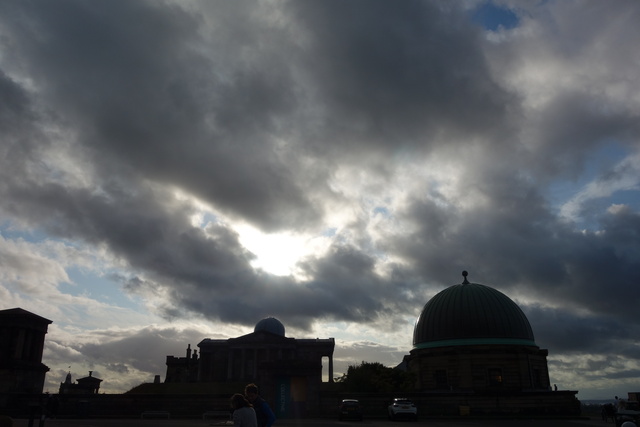
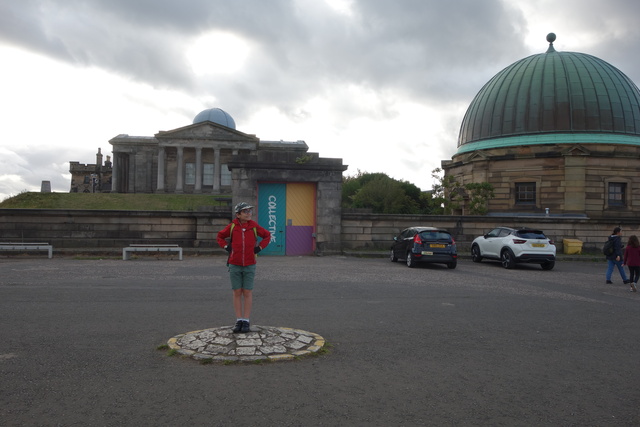
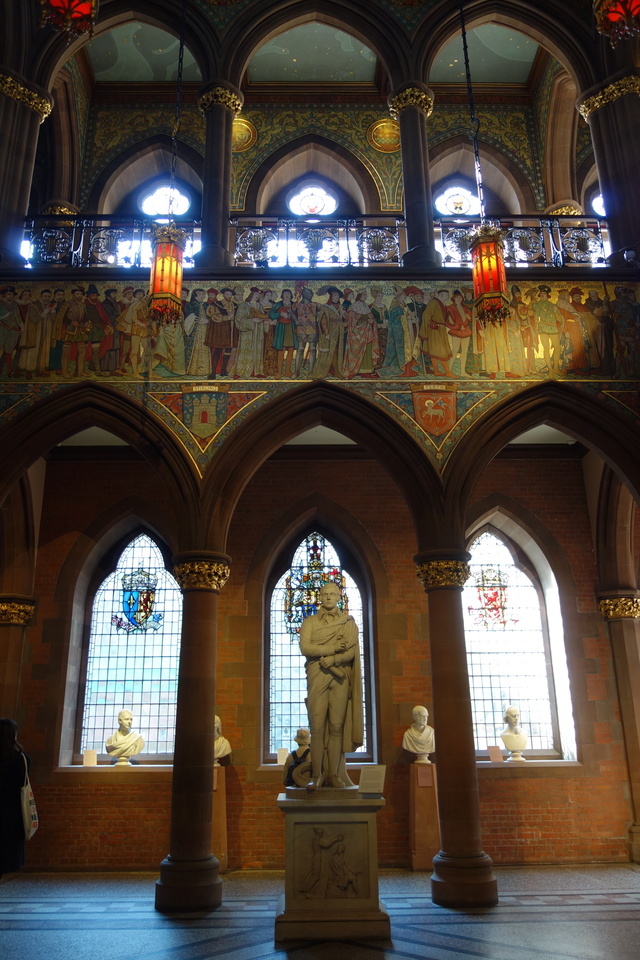
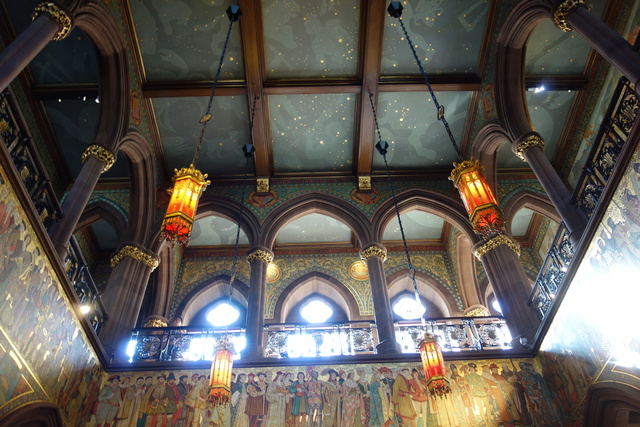

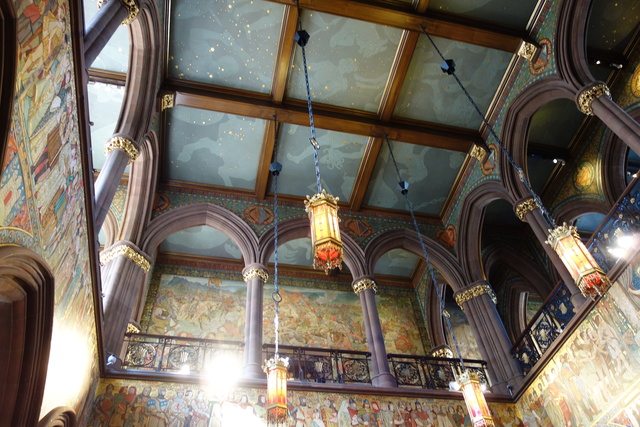
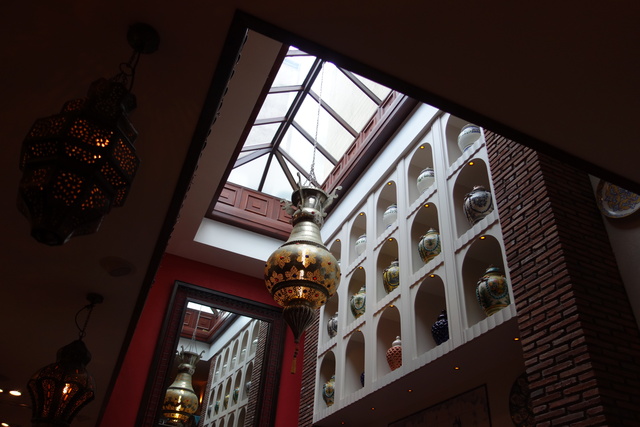
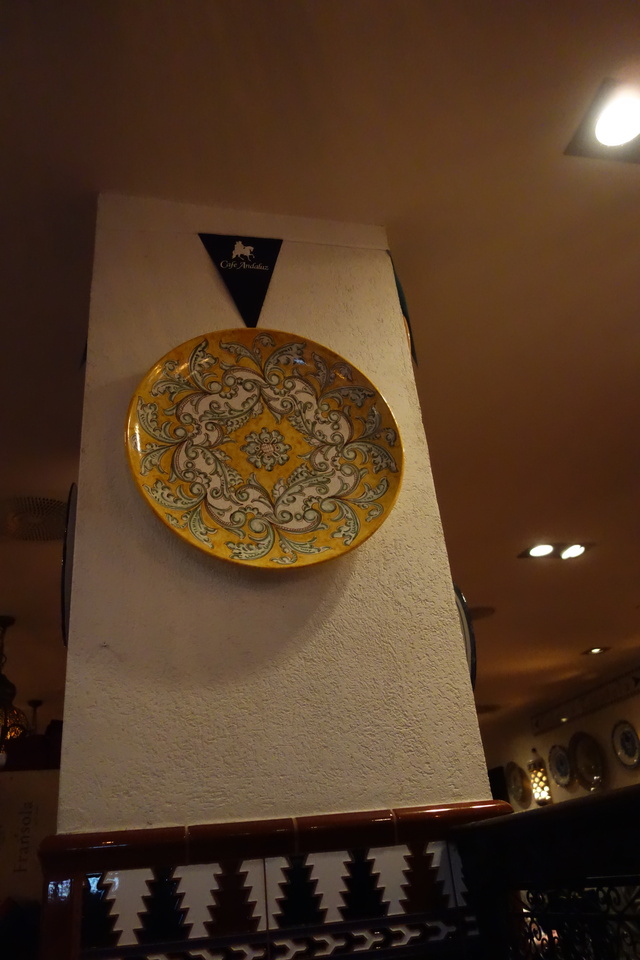
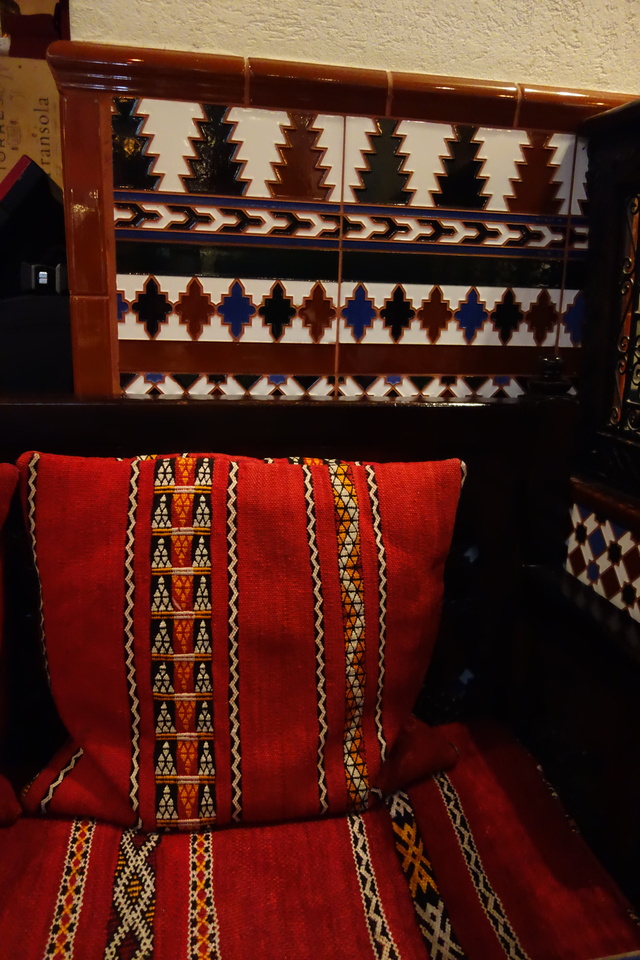
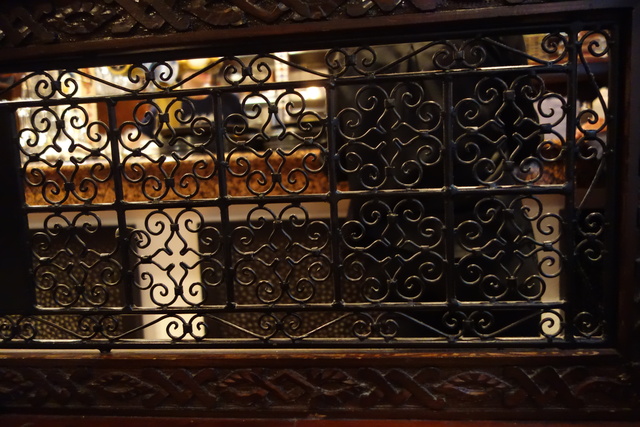
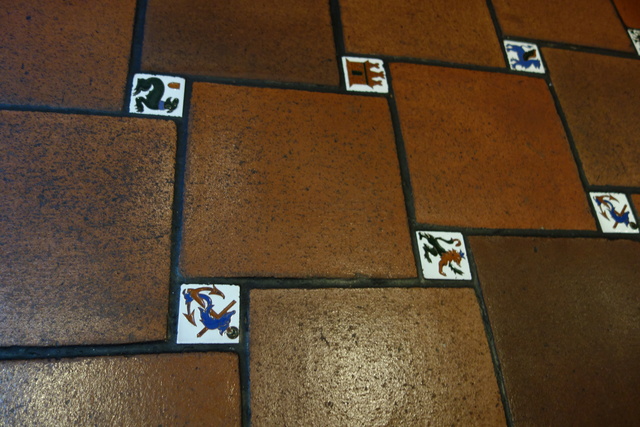

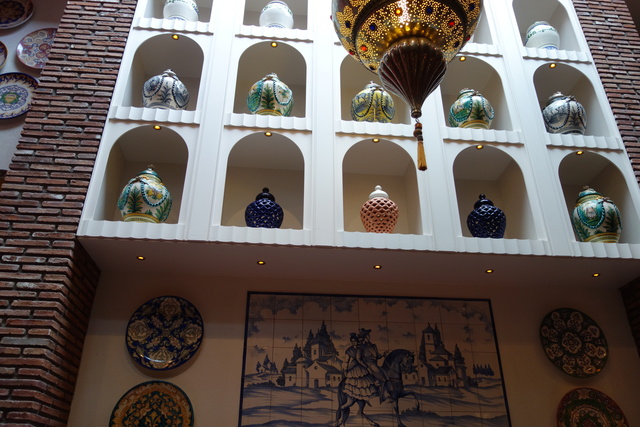

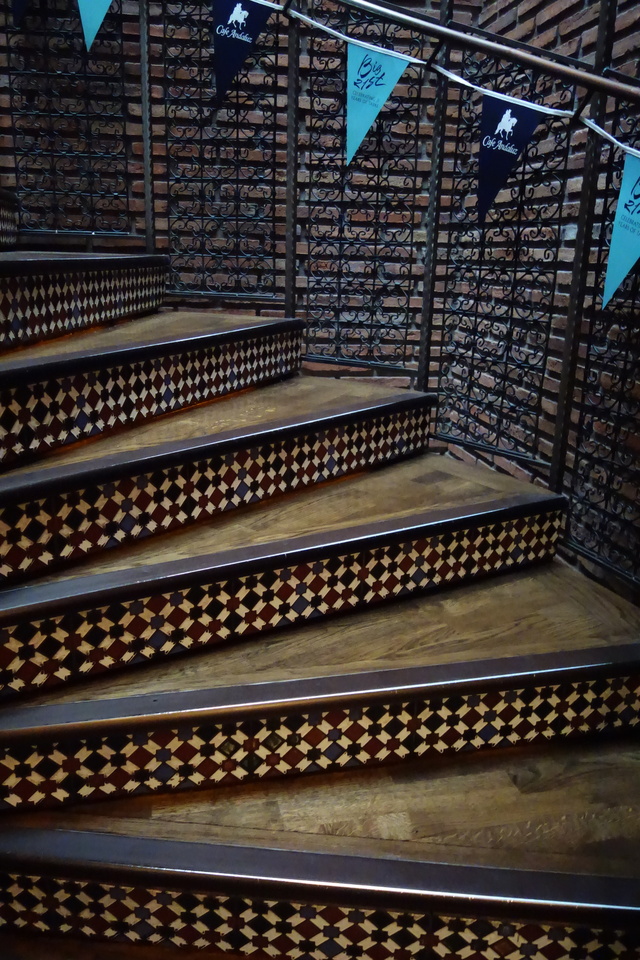
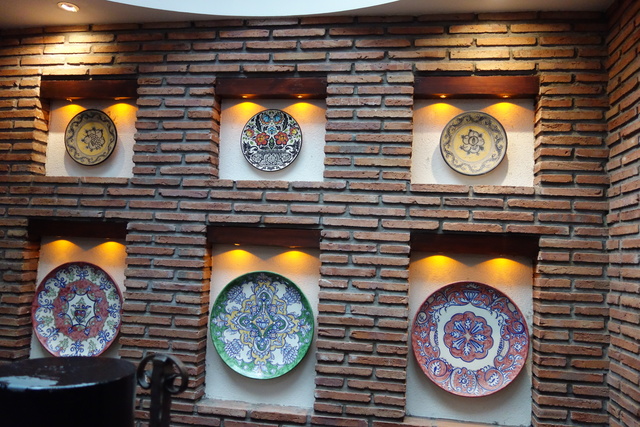
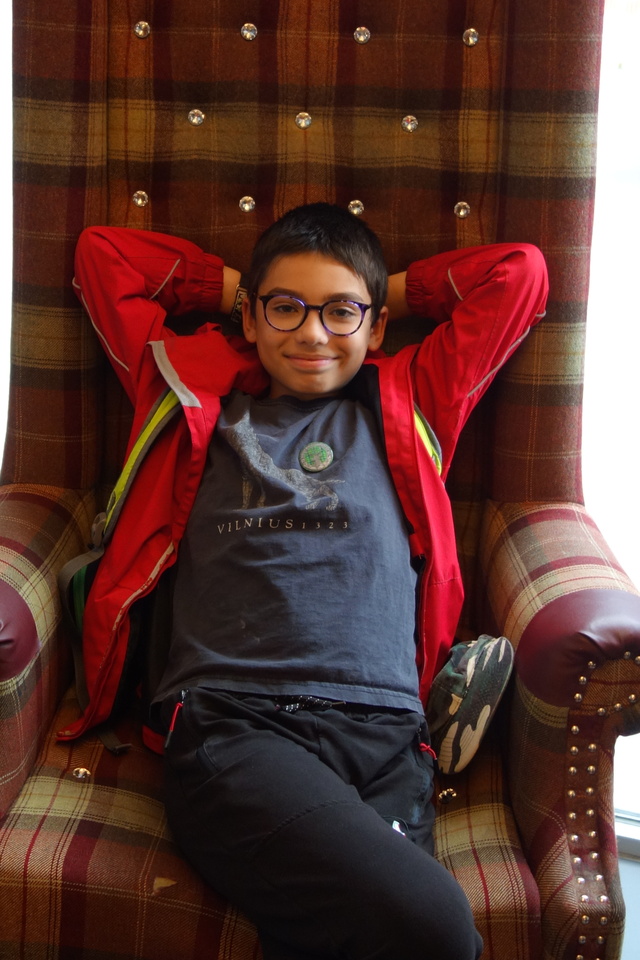
Please tell your photographer that Nikki and I highly approve of his castle-raiding shirt.
That bust gallery looks splendid, as does the rest really; glad that the fences of Ross Fountain weren’t too often clone-stamped on your journey.
Thanks, I got him to read it for himself and he was all smiles! He pointed out it’s one of his favourite shirts, too, so it certainly “got worn a lot”.